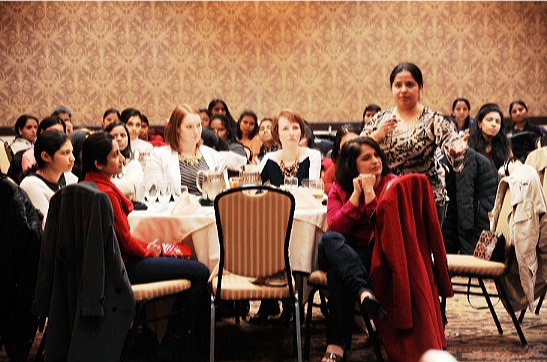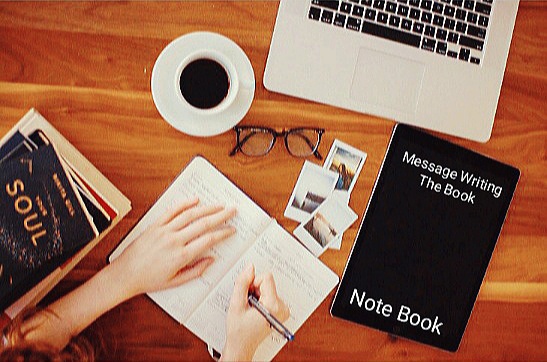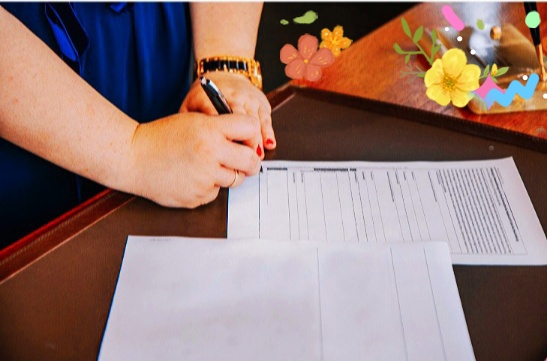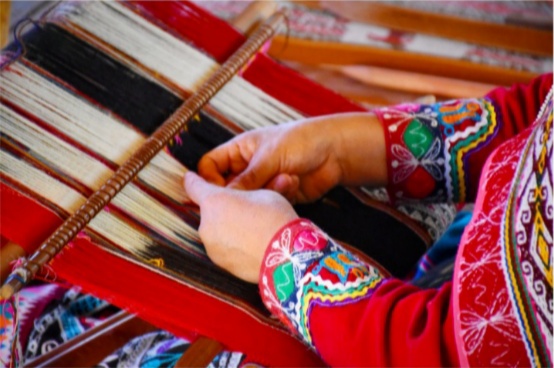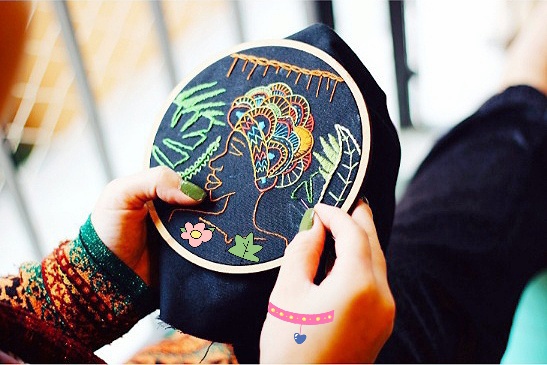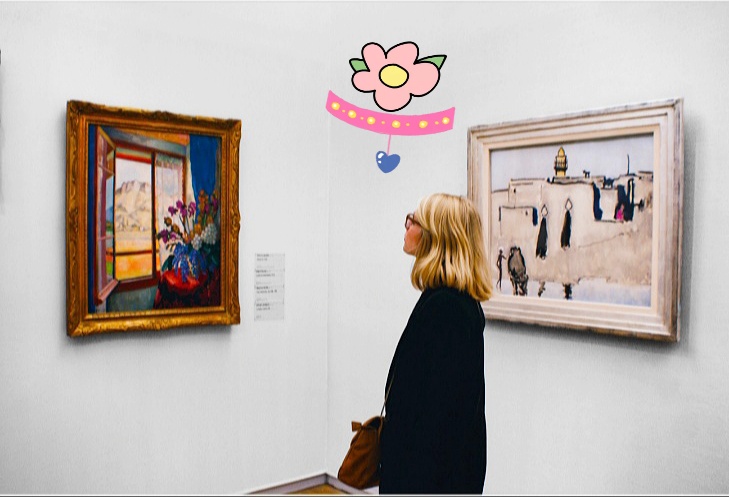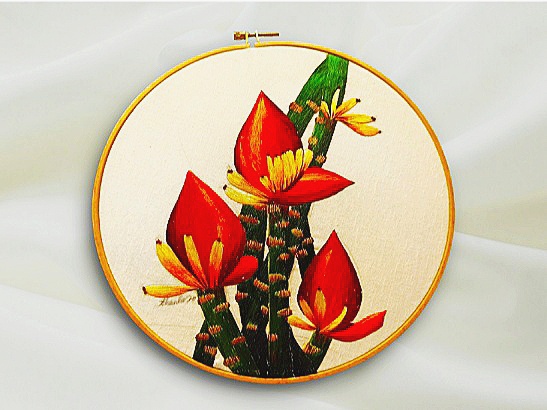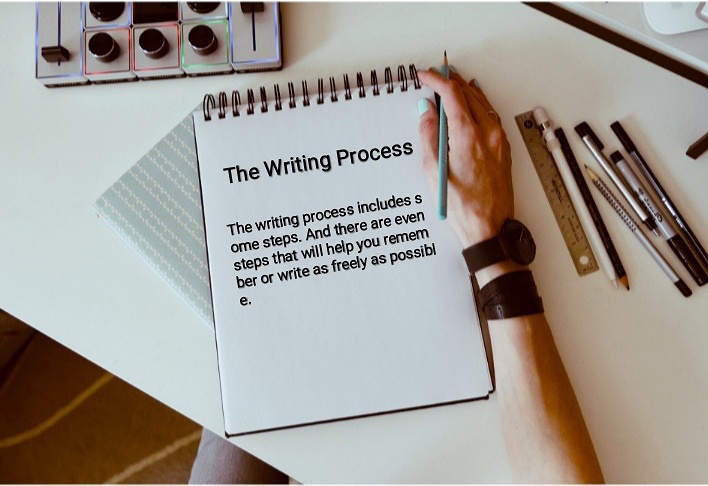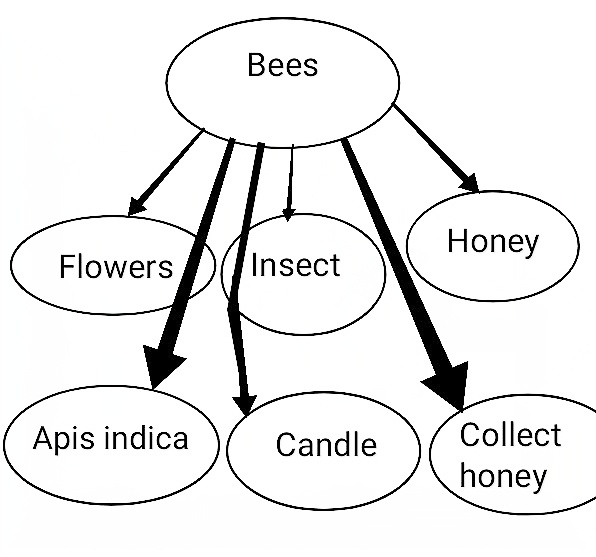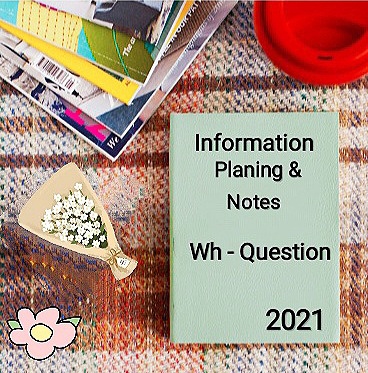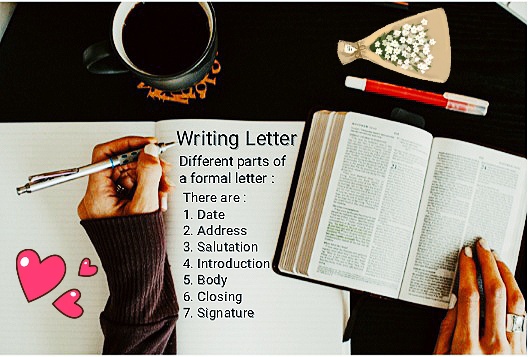How to Improve Your Handwriting?
What is good handwriting? Good handwriting is clear, fluent and efficient. But what does it actually mean?

Good writing motor skills form the basis for good handwriting. Can you learn to write with such movement skills? Acquisition and development of relaxed basic movement is important Fingers and wrists are moved freely and highly coordinated, the pen is held properly and very little pressure is applied to the writing material and paper.
If these basic skills can be translated into letter, word and sentence writing, then all the requirements for the development of clear, fluid, fatigue- free, efficient and distinct writing are met.
If these basic skills can be translated into letter, word and sentence writing, then all the requirements for the development of clear, fluid, fatigue- free, efficient and distinct writing are met.
9 Tips to Improve Your Handwriting
The TPK blog focuses a lot on calligraphy, which is the art of making beautiful letters (usually with a dive pen) pen so far, although I have never touched on everyday handwriting! In this post, you will learn nine tips for making great handwritten notes with the pen of your choice. You can also download a free worksheet to improve your curse handwriting!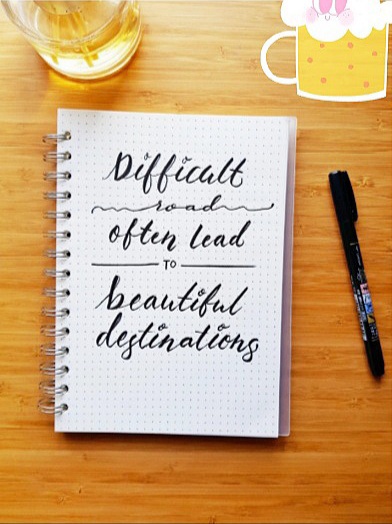
People often assume that calligraphy and handwriting are synonymous, but they are not. In general, calligraphy consists of stylized, ornate characters-it's more art than writing. Conversely, handwriting refers to the style and technique you use to tangle things up day after day. Handwriting needs to be faster and more practical than calligraphy. Everyone has their own signature writing style but there is always room for improvement! In this post, you will get nine tips to improve your handwriting.
- Use A Nice Pen
- Maintain A Relaxed Grip
- Start With Drills
- Experiment With Paper Rotations
- Practice With A Worksheet
- Sneak in Practice When You Can
- Write on Lined Paper or Use A Template
- Embrace Your Personal Style
- Diacritic Placement
1. Use A Nice Pen
The Adjective "great" is personal-you need to find the pen that works! My choice for everyday writing is Pen Pilot G2 (g two) because of the stroke width, grip and jet black ink 05 I also like that it is so responsive; I don't have to put a lot of pressure on the pen to ensure continuous ink flow.
You can find a few thousand pens in the market, so I encourage you to shop around. Pick up a pen here or there and give it a try! It doesn't matter if you like gel pens, fountain pens, ballpoint pens ... whatever you combine with the best is perfect.
2. Maintain A Relaxed Grip
A nice, comfortable grip is one of the main things that will improve your handwriting. A "relax grip" means that none of the muscles in your hand are too flexed and your nails should not be whitened by pressing the barrel of the pen.Many people tend to stick to pens, which will result in unfamiliar hands after a few minutes of writing. We often realize that we are not doing this, but try to see yourself mentally every few minutes to make sure you still keep the pen comfortable.

3. Start With Drills
It’s hard to form beautiful characters without warmth whether you curse or plan to write in print. Doing a few simple drills will help you write clear, confident letters. You can use the drills section to improve your cursive worksheet ...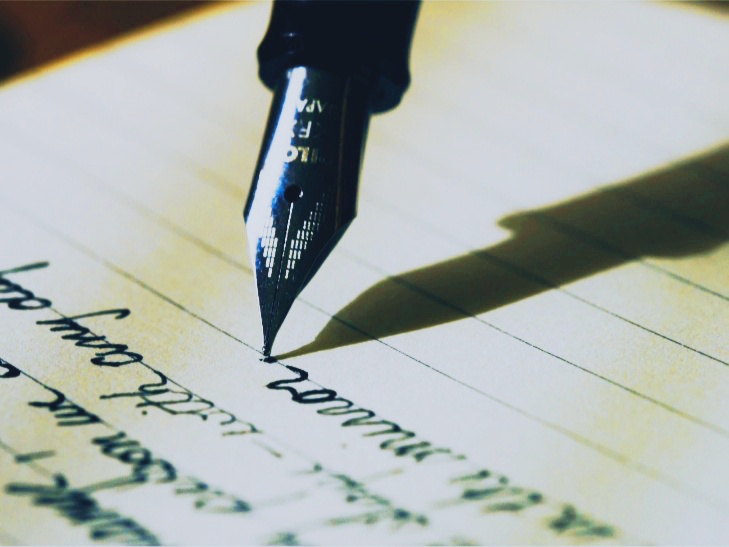
… Or you can doodle several "telephone wires" or similar forms.
If you are interested in drilling extra, improve your handwriting online course with a few features! Hand drills seem simple but powerful and the sooner you do, the more differences you will notice.
4. Experiment With Paper Rotations
As children, we are usually taught to place our paper in a vertical position in front of us. If this works for you, great! If not here's a new product just/ only for you! Keeping the paper at a certain angle can help you a lot more in improving your handwriting!
Most right- handed people are fine with the static vertical paper position ... but I'm not one of them. Whenever I rotate my paper 90 degrees - I always find it easy to write- especially the curse, which is my favorite style I’m not kidding: you can watch this super short video to watch!
Paper rotation is a personal thing, so I encourage you to try a variety of different types. The right hands should start from the vertical position, and the paper should be rotated to the left until the writing feels smooth and comfortable. Left-handed people should start in a vertical position, and the paper should rotate to the right.
5. Practice With A Worksheet
If you want a structured way to improve your handwriting, I have created a free worksheet for you! It focuses on three- page long and available writing- you can download it by clicking here. Basically, the worksheet takes you through drills, capitals and lowercase letters, words and sentences.
Featured crew writing in worksheet sets is not a formal style of any kind. Instead, I focus on the letters that I personally use in my daily handwriting. These letters are easy to make, and they connect nicely with each other for quick writing.
If you like structured exercises with videos and a worksheet, be sure to improve your handwriting! It will take you two weeks to a month to complete the course, and the techniques it teaches you will stick with you for the rest of your life.
6. Sneak in Practice When You Can
Like anything else, you can improve your handwriting by using it. The better you use habits and apply the style that appeals to you, the better your handwriting will be.
You can practice in a number of ways- for example, you can send a handwritten letter to someone instead of email or text. If you have the time or interest, you can start writing in a journal every night. Entries do not have to be long; Here is a brief overview of how your day went!
7. Write on Lined Paper or Use A Template
Beautiful writing, even the words are great shortcuts to neat handwriting! If you want to write a letter to someone, you can put a piece of paper in the notebook under the paper of the printer. Most likely, you will be able to see the paper lines of the notebook through the printer paper and you can even use those lines as guidelines for writing. Or, if you don’t mind the lines, you can write a letter to someone directly on a notebook paper.This point reminds me of other tips: Always use a piece of paper. No matter what you write on a piece of paper, there should always be one more piece of paper underneath. For some reason, providing two pieces of paper on the surface of the little cushion makes it easier for all pens to write!
8. Embrace Your Personal Style
Handwriting is an extremely fluid, personal thing that is always evolving. It’s not like calligraphy, where you write more or less every time. Instead, you will have a neat day, and you will not have a very neat day (like the notes in the figure below).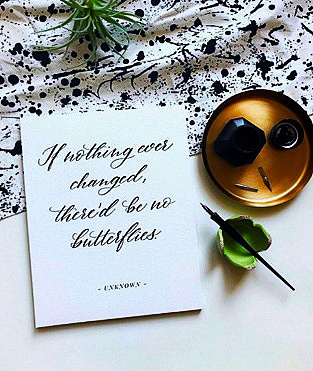
No matter how your handwriting looks, it is a great reflection of you and your personality. This is why people like to receive handwritten notes: they present a part of you! So, don’t hang on too much to radical change: instead, read clearly crafted characters that focus on making it easier to read.
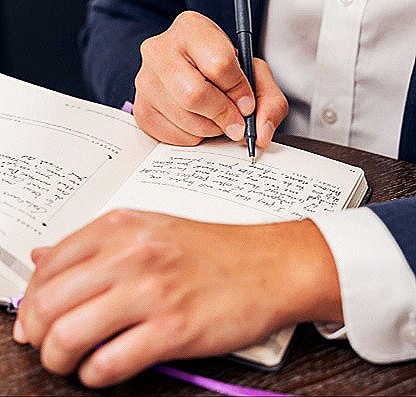
I hope you enjoyed this post, and it inspires you to dig into the keyboard and write something by hand this weekend! If you want a cry refresher, don't forget to download your cursive worksheet for free. This is not a complicated little worksheet and it should be helpful!
9. Diacritic Placement
Where is the cross of T and the point on I? Is it over? What is the cross at the top, middle or bottom of the letter? Am I the point? If so, are they dotted to the left, center or to the right of I?It is noteworthy that a person can form a letter differently depending on where they appear in a word. Analysts want to find every example of the text they are looking at.
Other things to consider are spelling, vocabulary and grammar.
The analyst should also consider the following when investigating and comparing each of the above categories.
Reasons why a person's handwriting may change:
- Age
- Mood
- How much time do they have to write
- Writing instrument used
- Drinks and drugs
- Illness
- Trying to write differently
The latter is interesting, because the analysis teams also understand exactly how people can try to change their handwriting and therefore consider it.
Thank you so much for reading TPK, and enjoy the rest of your days!
More: Good Writing Style here.
Conclusion
Every moment can be a learning-learning moment. Can be used as a foggy window or a sandy beach slate. Encourage your child to try harder and not worry about failing.Whether your child is using a pen or a pencil, your encouragement and confidence will lead to a smooth, strong and curse handwriting with proper practice and initiative.
Frequently Asked Questions on Improve Handwriting
How can I Improve My Handwriting?Answer: If you really want to improve your handwriting, there is no substitute for slow practice that focuses on letter formation. You can pick up some basic calligraphy books and pay attention to how experts write on YouTube. After chemo I had to relearn how to write more systematically. It was worth the effort and I'm grateful despite the long learning curve. Go slowly and take care creating each letter. My handwriting has never been better/well.
How do I Write Beautiful Handwriting?
Answer: To practice. Go online or to an arts and art supply store and buy a plain paperback book of calligraphy/ and some lined paper. Do a few pages a day. You will get beautiful writing in no time.
What are the Tips for Good Handwriting?
Answer: Writing something every day is a kind of exercise for the mind. All of us must write something every day, so that it stimulates the brain to work.
If we write every day, we will definitely notice an improvement in handwriting.
Trust me and start writing today and compare your handwriting after 30 (Thirty) days. Please make sure you write with a proper pen and sit properly to get the most out of this exercise.
What is the best way to improve your handwriting passively?
Answer: Want to write better without practice? I would say don’t use a ballpoint pen that requires a lot of pressure to write, get a fountain pen or gel pen. The other thing you can do is change your grip you probably held the pen wrong. None of this requires a drill. You can learn to use more shoulder verbs when you write but it requires practice.
What are some ways to improve handwriting in 1 hour?
Answer: "Go with bad handwriting and leave with better handwriting" is an old slogan of the Healthy Handwriting Institute. This means that anyone can improve handwriting in minutes at source.



